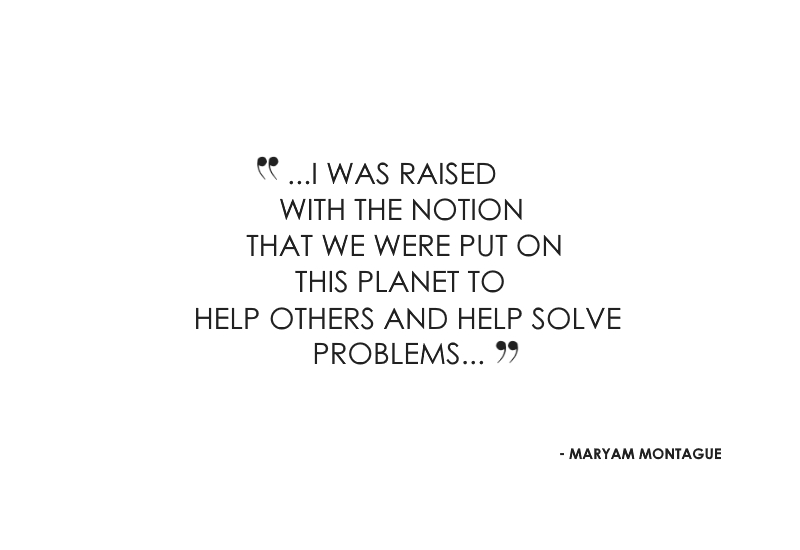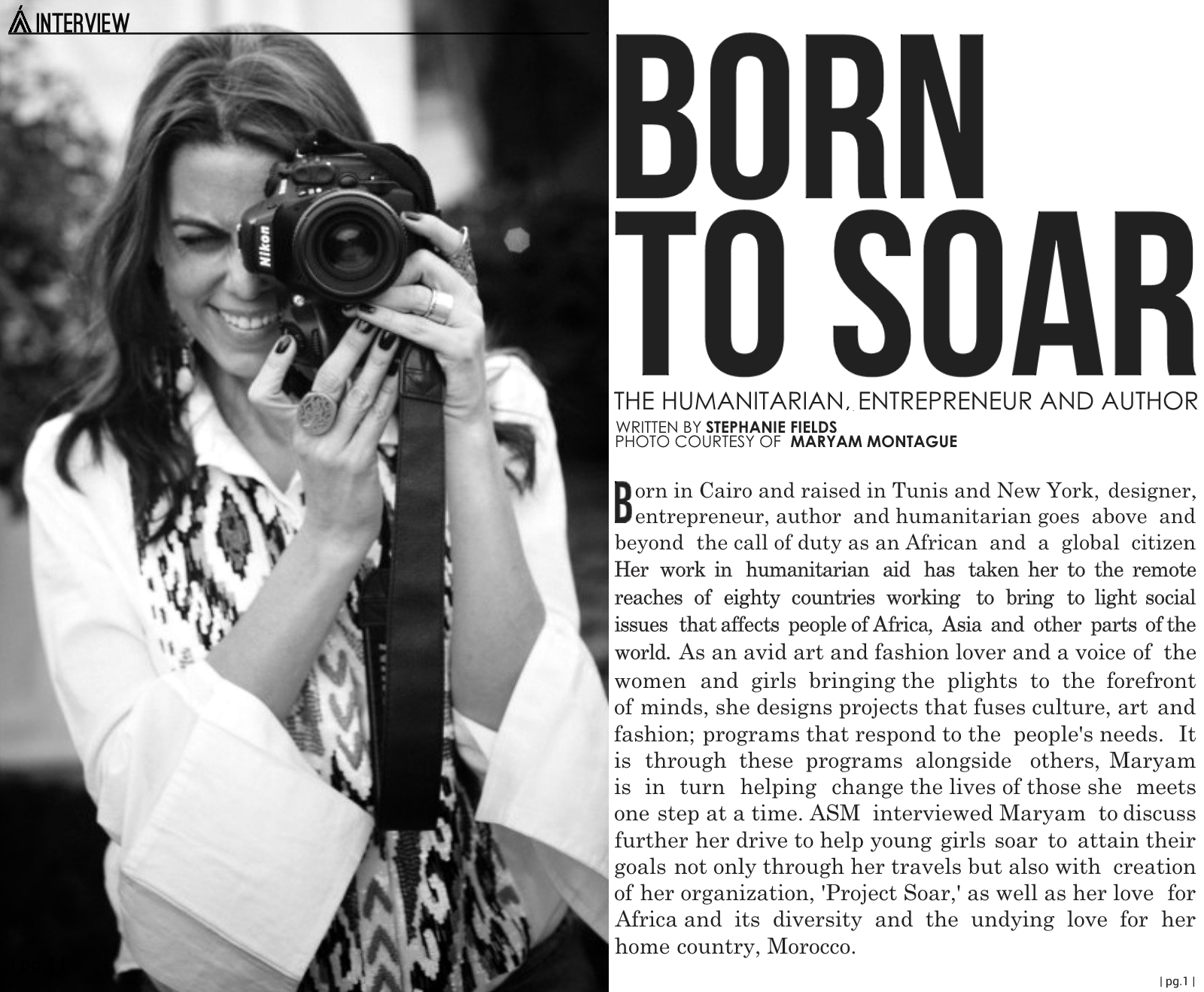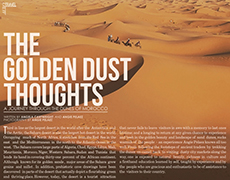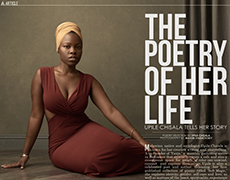ASM: How did you initially develop an interest in the cultures of Morocco and greater North Africa?
MM: I was born in Egypt and so one might say that my interest started at birth. My parents were (and are) passionate collectors of objects, and so I was fortunate to grow up surrounded by African artifacts. Travel was an important part of my youth and as a family we studied the places that we would visit. My parents ensured we took a socially responsible and involved approach to our voyages. Eventually I was employed at a job where I was responsible for humanitarian programing in North Africa, and I immersed myself in the cultures of the countries that were part of my remit. It was all endlessly fascinating. And it still is. I document many of my adventures in the region in my blog, ‘My Marrakesh.’
ASM: Were you initially drawn in by the aesthetics or did you have some other window into the region?
MM: My parents have a fine eye for ethnic beauty. My mother is from Iran, a place steeped in the narrative of its own aesthetic. My father takes an anthropological view to design, committed to understanding the whys and hows behind objects and art. It all had a tremendous influence on me. When I moved to Morocco, now 15 years ago, I became a student of Moroccan design, learning as much as possible about the makers and processes behind all the beautiful things that surrounded me. Eventually a New York publisher asked me to write a book, and that’s how ‘Marrakesh by Design’ came into being. I was very flattered when the editors at Amazon chose it as a Best Book of the Year.
ASM: How did these initial influences translate into a pull towards social action?
MM: Actually it was the other way around -- social action was my starting point. My father works in the field of humanitarian aid and is a champion of secular social service. I was raised with the notion that we were put on this planet to help others and help solve problems. I have an advanced degree in international affairs and have been working in international development for twenty-five years – including programs that increase access to justice, support women’s political participation, and build capacity of human rights organizations. Design and beauty were the necessary antidote to the sometimes somber realities of my job.
ASM: Do you believe that it is necessary for ordinary citizens to be engaged with the world beyond their immediate boundaries?
MM: Of course. It’s the solution to the problems of today. We all need to get out of our comfort zones, see more, do more, and most of all understand more. We all share this one planet. Country borders are arbitrary and can be an excuse for not caring about others.
ASM: Have you gained any particularly memorable insights from working internationally?
MM: I have been to over eighty countries and there are many more that I would like to see. The world is the biggest and best classroom. I am so disappointed in the current fearmongering of our politicians and their cultivation of ‘singularity’ and ‘otherness.’ We all share a common humanity. We all deserve the same things. No one is better or worse, no matter their color, religion, or nationality.

ASM: What are some of the strengths of the Moroccan culture as viewed from someone with a global perspective and what can we learn from them? What issues are you focused on through your work in Morocco?
MM: Moroccans are deeply committed to their families in the broadest sense of the word. They are also extremely hospitable and very generous. They take time to relax. In our fast paced world, these are all precious traits. A few years back, I founded ‘Project Soar’ with my husband, Chris. At Project Soar we seek to empower Moroccan adolescent girls to continue their education by providing afterschool academic support, as well as life skills and leadership coaching. We help break the cycle of child brides and help prepare girls for more productive futures. Two of the Project Soar girls are in the upcoming Girl Rising film launched on CNN on the International Day of the Girl. We could not be more excited.
ASM: How would you describe Moroccan décor?
MM: Moroccan décor is a combination of striking architecture, saturated color, and complex patterns. This is not a simplistic décor but a rich and layered approach to design. My architect husband and I took many of these traits into account when we designed and built our boutique hotel, Peacock Pavilions in an olive grove on the outskirts of Marrakech. It’s a place that has welcomed Moroccan design lovers from all over the world.
ASM: How has Moroccan decor changed over the years and does it affect its cultural essence and significance?
MM: I am intrigued by the new modern vibe that is emanating from Morocco. It is often the result of interesting combined influences – for example, Moroccan with a dose of Scandinavian is very hot right now. It makes Moroccan design feel so fresh, so livable, so approachable. But no matter the adaptations, it all emanates from an unmistakable source. Ultimately, I would like more people to have access to Moroccan design. For those who do not have a trip to Morocco in their future, they can experience Moroccan décor first hand in my online shop, the M.Montague Souk.
ASM: What you say is one of the key reasons that Moroccan Decor and Style continues to be a vital influence on interior designers, architects and fashion designers?
MM: Moroccan design is iconic. In a world filled with imitations, it is one of the originals, springing from a culture 'that is over 1000 years old. The craftsmanship of Moroccan design, whether its mosaic ‘zellij’ tile, hand carved ‘geps’ plaster work, or time consuming burnished ‘tadelakt’ walls are aspirational in a world filled with a fast food approach to design. It is no wonder Moroccan style is a source of inspiration and new starting point for so many. It certainly was for me.




